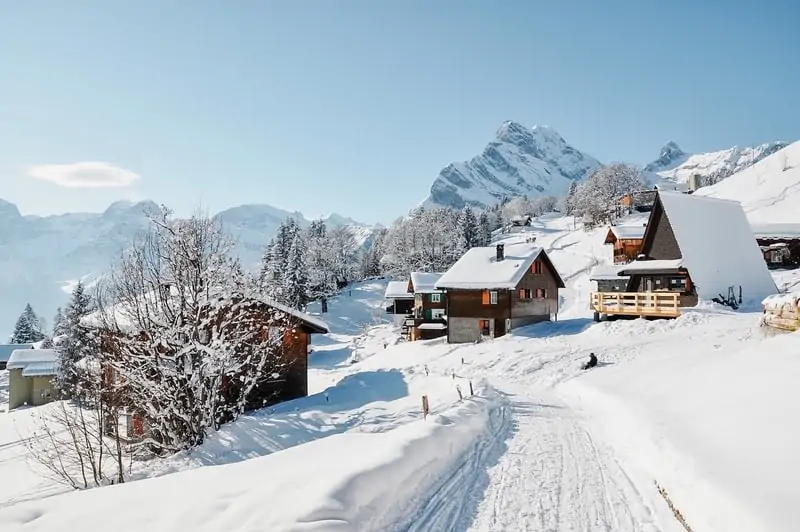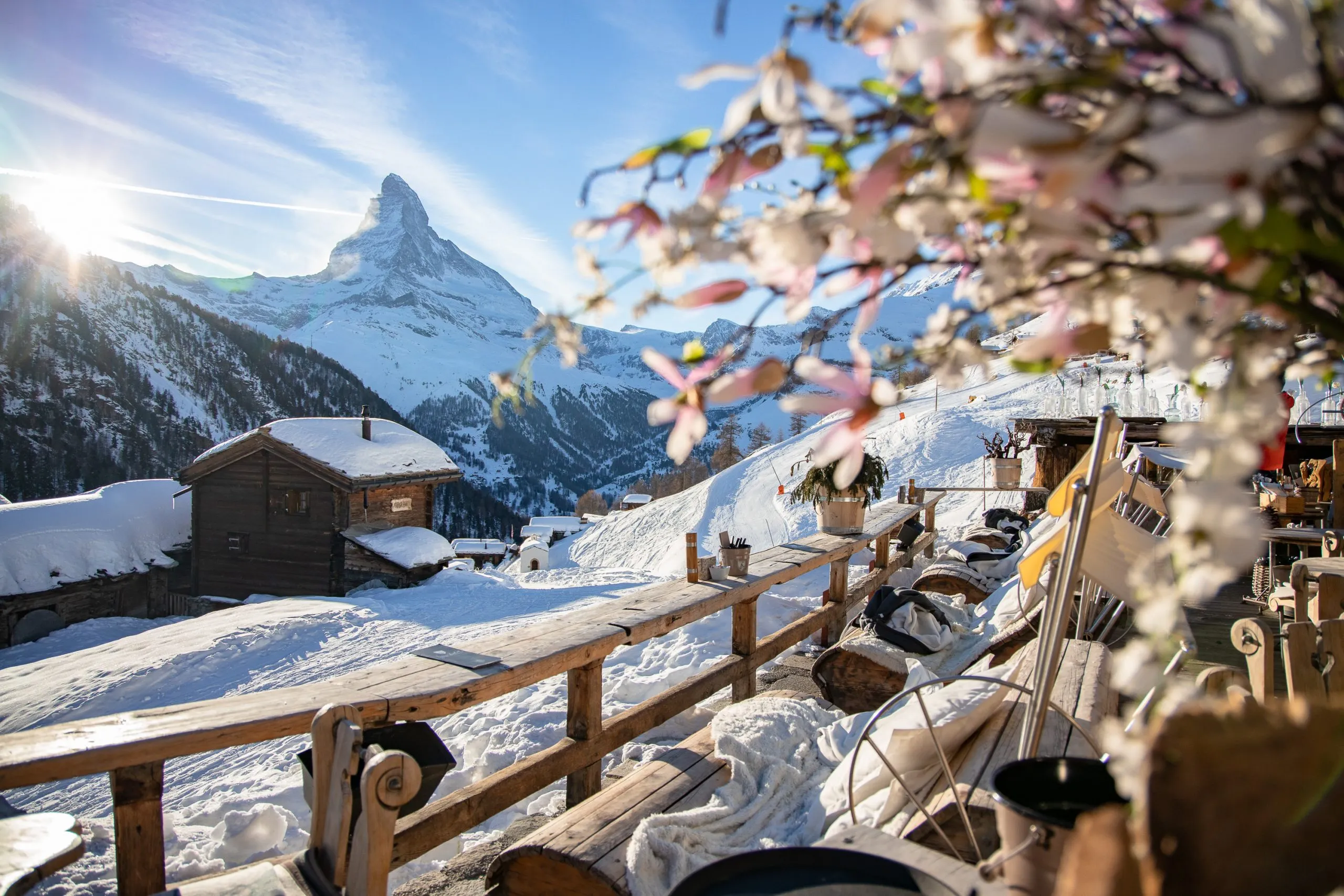Best Time to Visit Switzerland
admin
January 10, 2023
When is the Best time to visit Switzerland?
Scenic Alps train tours, fondues, chocolates, exceptional landscapes – Switzerland is a wondrous fairy-tale waiting to be explored. The best time to visit Switzerland depends on your likings. Winters are a great time for winter sports enthusiasts, but the climate is quite cold. If you’d prefer to spend your days outside strolling and visiting places, April to October are the best times. is between April and October when the climate is moderate. Although winter sports enthusiasts may prefer November to March, Come any season, Switzerland has its own distinct colours and shades waiting to be explored by tourists around the year. Which shade of Switzerland to visit is totally your choice. Each season in Switzerland has something unique and eccentric to offer. The best time though to plan your trip is now!
Season-by-season Guide for Travelling in Switzerland
Summer (June to August)
Temperature: In summer the temperature of Switzerland varies between 19°C and 23°C. You’ll rarely get any humidity thanks to the high altitude. Depending on where you go, the temperature might vary widely as well. The higher you go, the cooler you find the temperature to be.
Weather: Switzerland and summer perhaps might be the perfect duo that you should be looking forward to if intending to enjoy the summer holidays outdoor. Be it on foot, in the air, on water or in the mountains, the beauty of Switzerland sweeps into every nook and corner. This is also the time of the year Switzerland is bustling with activities and events.
What to do: Summers in Switzerland are a good time to head outdoors and get acquainted with the surroundings. You can trek all your way up the Via Alpina through the Northern Alps of Switzerland. You can also take a stroll along the lake Zurich and come across street artists in the evening. Summers are considered to be the best time to visit Switzerland if you wish to go out and explore what the country has in store for you.
Significant Events: The main highlight of the summer events in Switzerland is the Montreux Jazz Festival held in July in Montreux. This is the second largest annual jazz festival in the world with artists from across the globe performing for two weeks on the shores of Lake Geneva. The Swiss National Day falls on the 1st of August. A lot of towns and cities celebrates the Day with street festivals and parades, many with elaborate fireworks and live music.
Tips: Since Summers are the peak time for tourists and Switzerland is gradually becoming a preferred holiday destination for travellers around the globe, make sure that you book your tickets and accommodation well in advance.
Autumn (September to November)
Temperature: Autumns in Switzerland can sometimes get very chilly and too cold especially at nights.
Weather: As autumn approaches in Switzerland, the lakes, mountains and cities all overflow with the beauty of harvest. Flowers adorn the wooden chalets and farmers are out in force as fruit trees ripen and grapevines bend under its heavy load. Autumn in Switzerland is sprinkled with tints of yellow turning to orange and then gold.
What to do: By early autumn, you can be blessed with lovely sunny days but as the days shorten through November, the temperatures drop in the night. This is a good time to visit the Rhine Falls and participate in some boating.
Significant Events: Autumn in Switzerland looks akin to the well-painted picture by Benjamin Williams Leader. One of the main highlights of autumn in Switzerland is the Grape Harvest Festival held in September. The city of Neuchâtel has been hosting this for more than a century. The Christmas markets begin as early as from mid-November and extend till early January. The markets feature lots of traditional food, handmade crafts, cute wooden chalets and hot spiced wine.
Tips: Do remember to check the weather reports before booking your tickets and accommodation.
Winter (December to February)
Temperature: Normally, the day-time temperature range in winters is from -2°C to 4°C. Due to the devastating climate change, at times it gets colder than the normal winter temperatures.
Weather: Winter in Switzerland is a starkly beautiful season. Take a trip to the slopes and you will surely want to ski through the snow.
What to do: If you would rather take the road less travelled, then this is a good time to head to the countryside and visit some Swiss villages to get a taste of its culture and cuisine. You can also head to Zurich to have the authentic Swiss experience. With its traditional huts and houses that offer local Swiss dishes like Rosti, Fondue and Raclette, you will only ask for more.
Significant Events: One of the main highlights of this time of the year is the Grindelwald World Snow Festival held in the month of January. From ice sculptures to ice candies, the streets of Grindelwald are filled with ice displays that will melt your heart. Christmas markets are the liveliest during winter and make sure to experience the cosiness of the markets by indulging in some local Christmas shopping experiences.
Tips: Do check out for discounts while booking for accommodations since it is not really the peak season. Make sure you carry the essentials required to keep you warm in the cold winter season.
Spring (March to May)
Temperature: In spring the temperature range of Switzerland is 8°C to 15°C.
Weather: Spring in Switzerland is when the trees bloom and the meadows turn green. Mountainous areas are still icy but temperatures rise up in the plains. April can sometimes see a late gust of winter weather as well.
What to do: With spring comes the arrival of bright flowers on the Alpine mountainsides and in the green, low-lying valleys. This is the best time for leisure walks as meadows return to life and dairy cows are released to graze. Lake Geneva, Lake Lugano and Lake Maggiore are some of the warmer regions to enjoy an early spring.
Significant Events: Sechseläuten is an old spring festival that takes place in Zurich every year on the third Monday of April. This is a unique Swiss festival that signifies the arrival of summer and the closure of winter. The rite culminates in the burning of the Boogg – a figure of a snowman symbolizing winter.
Tips: March is the best month to visit Switzerland for sightseeing at a shoestring budget. Winter and ski season is over, and summer and hiking season is yet to arrive – so prices are comparatively low.
If after all the reading you are intrigued and tempted to pack your bags right away, visit the www.grandemotion.ch to know more details on our packages. Feel free to reach out to us to explore more.



